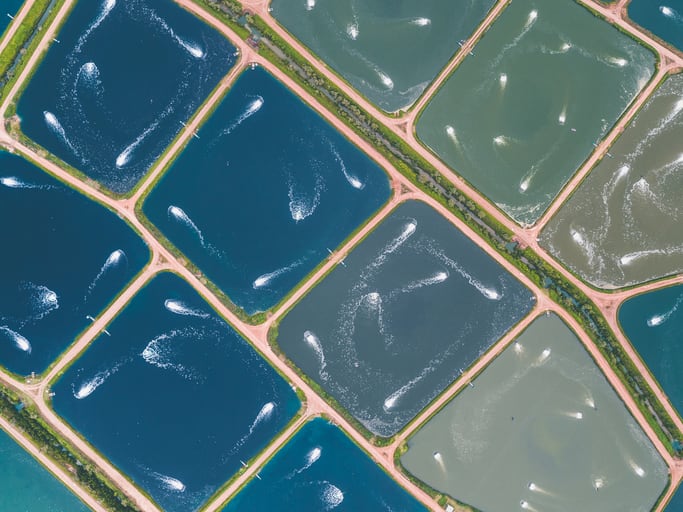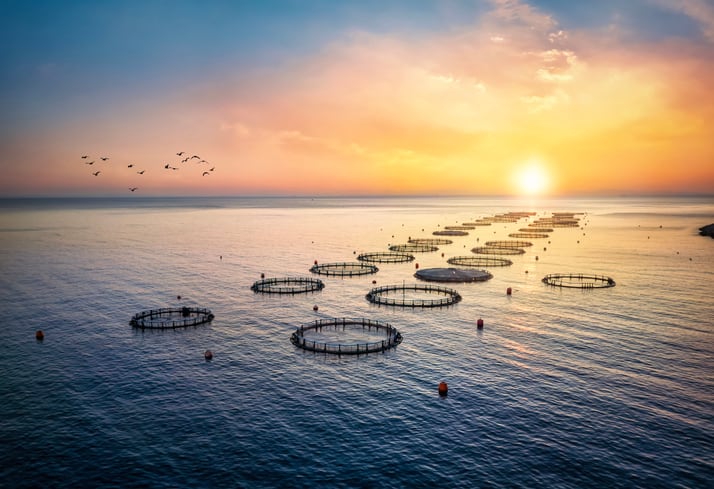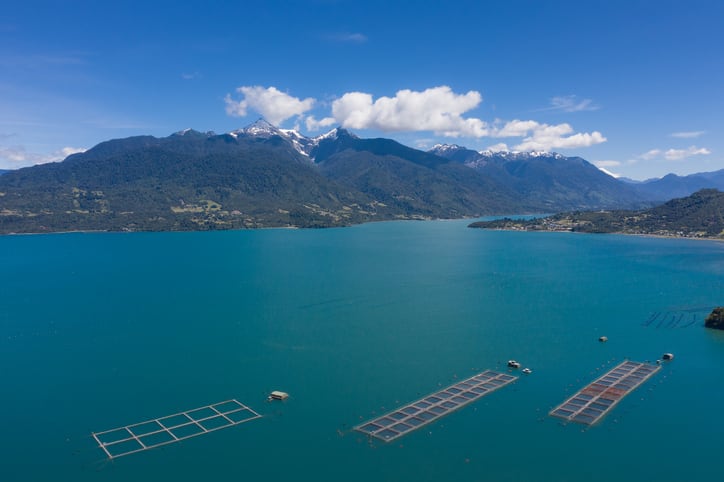From seaweed-powered systems to autonomous robots and lice-prevention tech, three standout companies are proving that aquaculture can be both ethical and environmentally sound.
1. Folla Alger: Seaweed-powered sustainability
Folla Alger is pioneering Integrated Multi-Trophic Aquaculture (IMTA) – a circular farming model that combines salmon and seaweed. The seaweed absorbs excess nutrients from salmon production, reducing pollution and creating a more balanced ecosystem.
“For us, IMTA is the future,” said general manager Torben Marstrand. “It’s an incredibly efficient use of space and an effective way to make salmon farming more sustainable.
The company is also developing functional fish feeds using seaweed-based ingredients to boost fish immunity and reduce disease. Backed by leading research institutions like Sintef Ocean and the Norwegian Ocean Technology Centre, Folla Alger aims to lay the groundwork for a new green industry in Norway.
2. Remora Robotics: Autonomous care for cleaner Nets
Net cleanliness is critical to fish health, but traditional cleaning methods can be harsh and disruptive. Remora Robotics offers a gentler alternative: fully autonomous underwater robots that clean and inspect nets continuously, eliminating the need for high-pressure cleaning.
“We’ve developed the first fully autonomous cleaning and inspection robot for the aquaculture industry,” chief executive Svein Erik Gregersen said. “Our system works continuously in the water, meaning we can maintain clean nets and inspect for damage without the need for large service vessels or high-pressure cleaning. That’s better for fish welfare and the environment.”
The company’s AI-powered system not only reduces stress and disease risk but also provides real-time data to help farmers make smarter decisions. Since its 2023 rollout, Remora has prevented thousands of stressful cleanings, it said, and flagged potential net damage before it became a problem.
3. Blue Lice: Preventing parasites before they strike
Sea lice are a persistent threat to salmon farms. Blue Lice tackles the issue with a preventive technology that traps lice in their planktonic stage – before they reach the fish.
“We intercept lice early, reducing the need for treatments and improving fish welfare,” said CEO Karoline Sjødal Olsen.
The results are impressive: farms using Blue Lice’s system report 22 extra weeks before needing treatment and significantly larger fish at harvest. With up to 80,000 lice captured daily, the tech benefits not just individual farms but entire regions.
Collaborative innovation for a cleaner Future
These companies exemplify Norway’s commitment to responsible aquaculture, said Martin Skaug, communications director at the Norwegian Seafood Council (NSC).
“Innovation is in our DNA. Folla Alger, Remora Robotics, and Blue Lice are part of a broader ecosystem working to improve fish welfare, reduce environmental impact, and boost efficiency.”
With consumers increasingly willing to pay more for sustainable seafood – even in price-sensitive markets like China, Thailand, and the UK – Norway’s aquatech sector believes it is well-positioned to lead the global shift toward ethical aquaculture.





